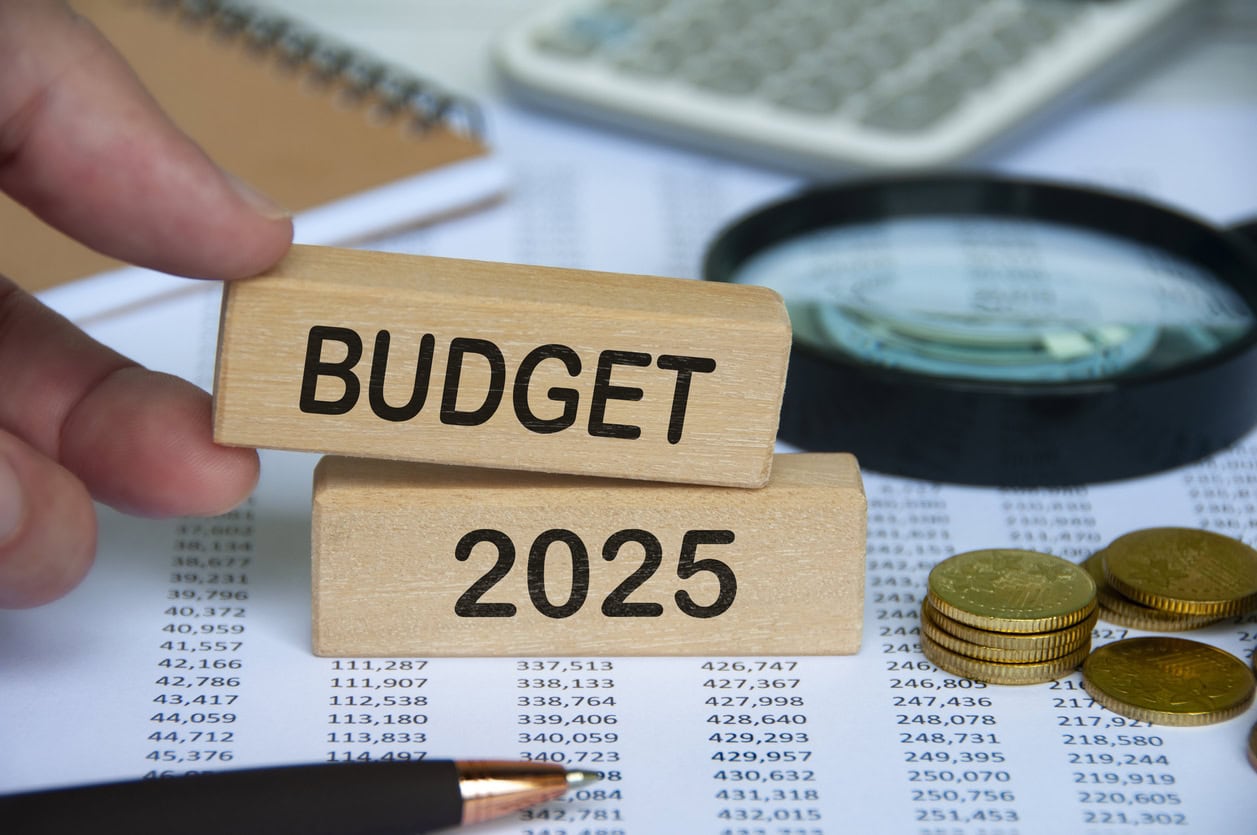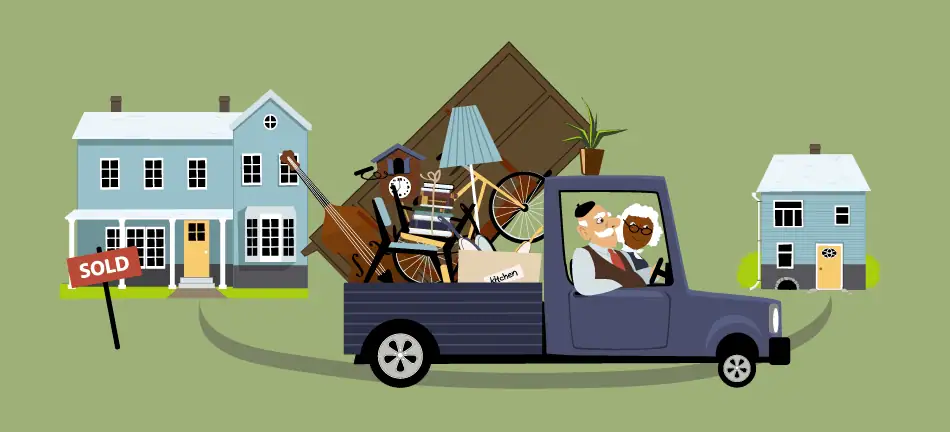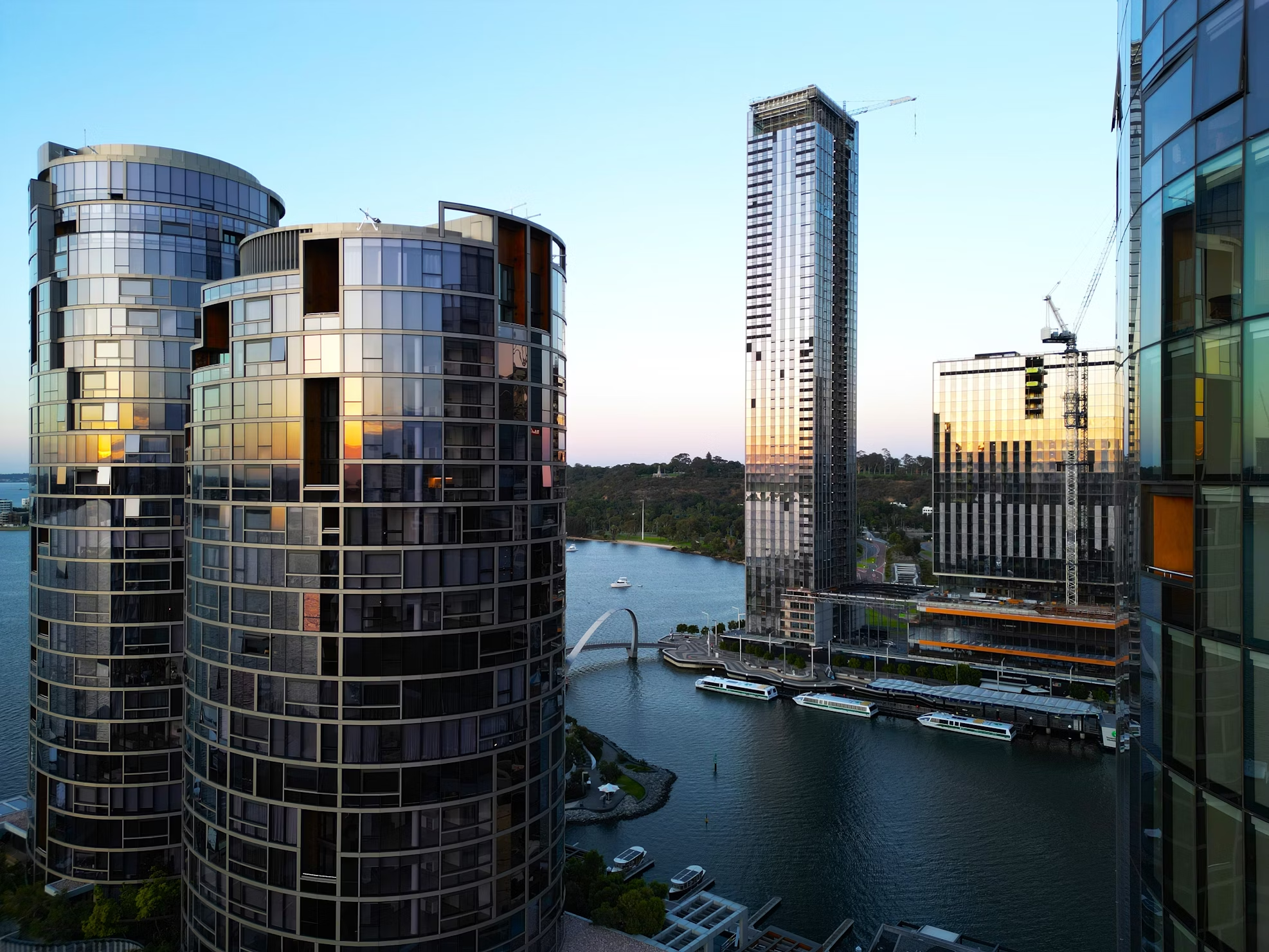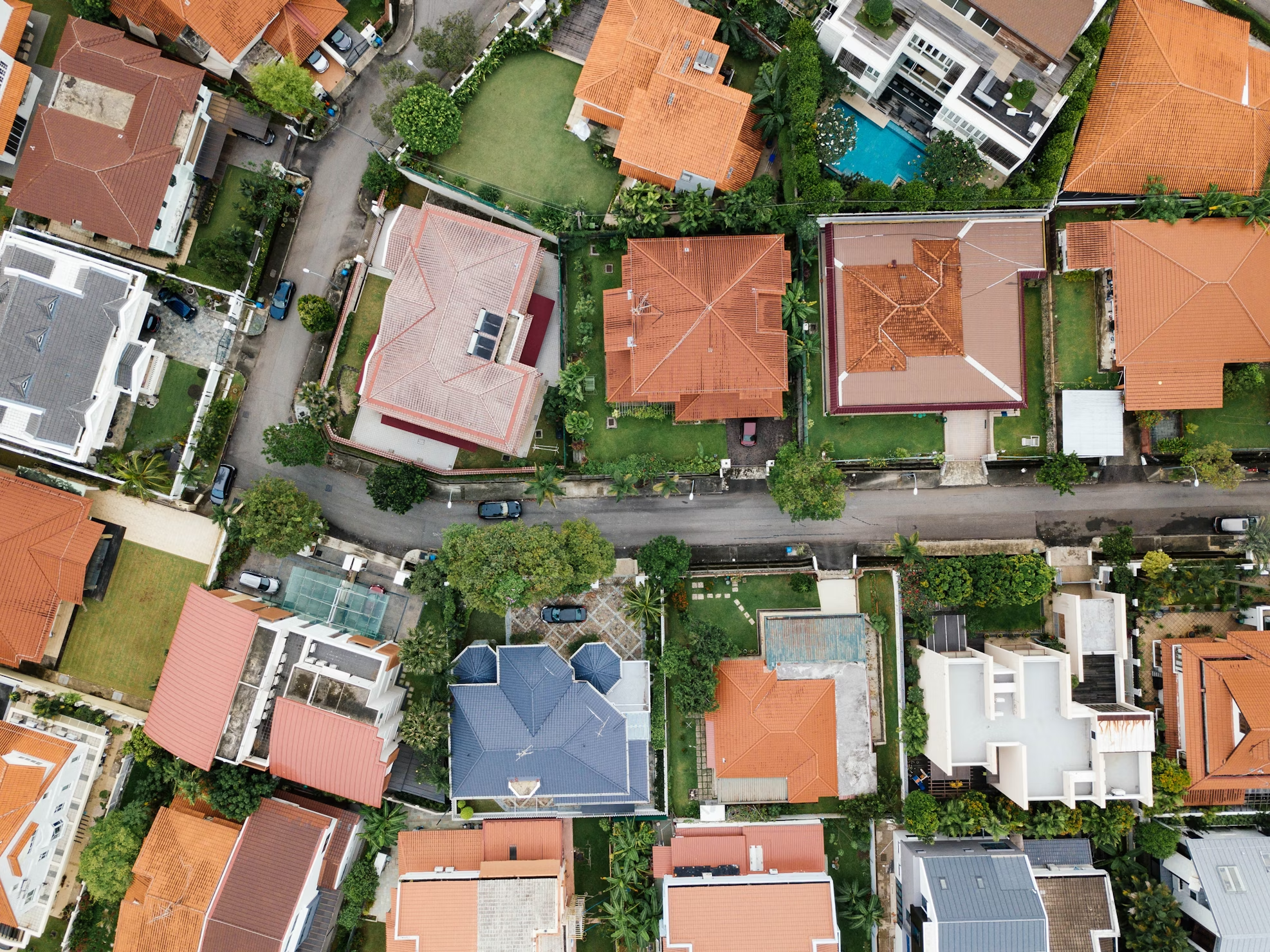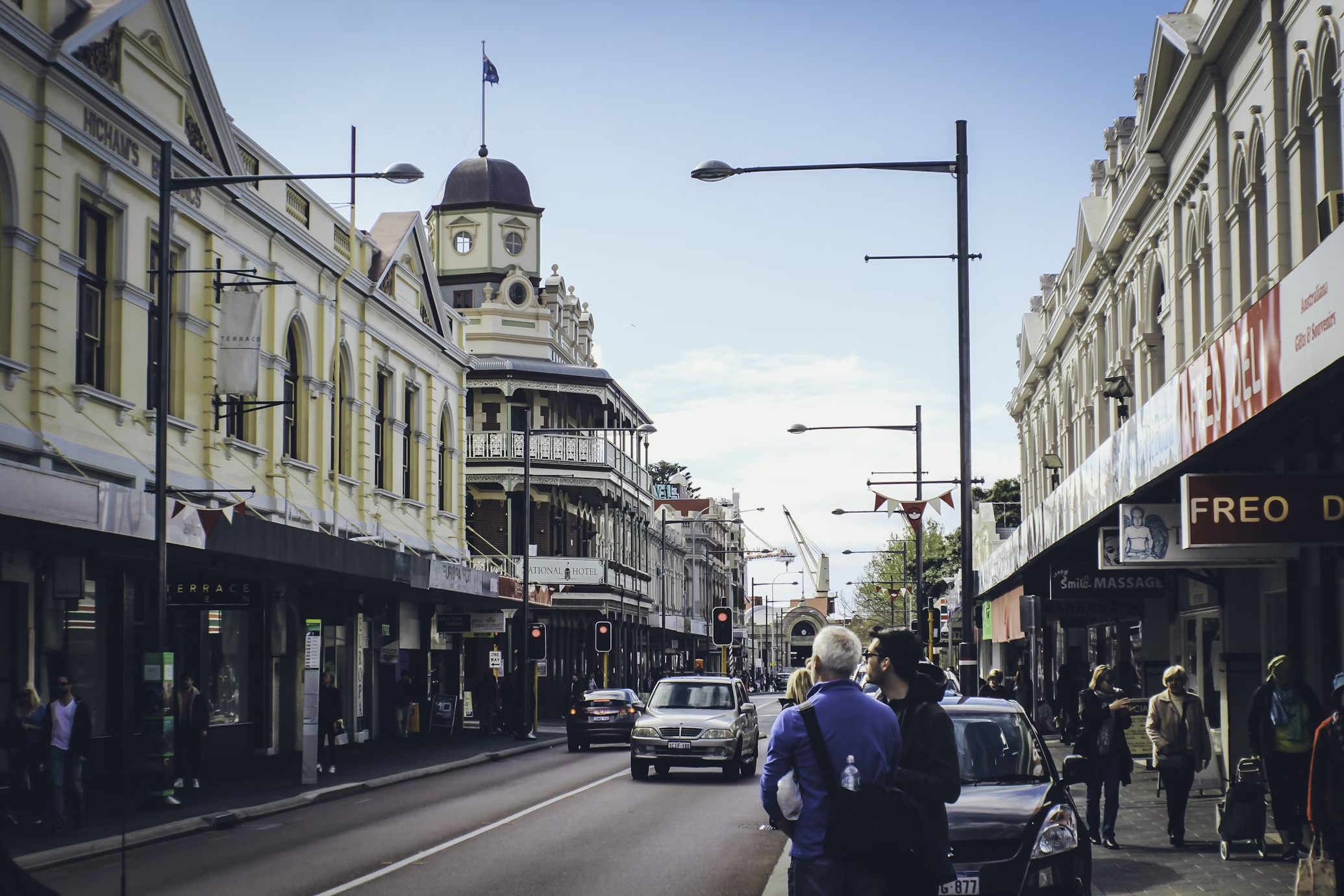COVID support and JobKeeper ending won’t derail housing boom
The end of JobKeeper and other coronavirus support measures are not expected to derail Australia’s booming housing market, although some areas including the rental sector and CBDs still face challenges.
The COVID-19 support measures finish at the end of March after helping the Australian economy and housing market emerge from the first year of the once-in-a-century pandemic in stronger shape than expected.
Realestate.com.au chief economist Nerida Conisbee said the withdrawal of the support will likely have a minimal overall impact on the housing market.
“House prices are moving quickly now and even in areas where rents are dropping, values are increasing,” Ms Conisbee said.
“The rental market, which bore the brunt early on in the pandemic, has mostly returned to normal, particularly for houses.
“Investors are returning and banks are lending more easily.”
Ms Conisbee said there was no looming fiscal cliff as there would have been had the measures been cut off as initially planned in September, but there would be an impact on some people and some areas of the property market.
“We are now in a very different position to September, the first date at which the high levels of government stimulus, necessary to get us through the pandemic and the subsequent recession, began to be pulled back,” Ms Conisbee said.
The JobKeeper wage subsidy, HomeBuilder scheme, loan repayment deferrals and the coronavirus boost to JobSeeker unemployment benefits all finish at the end of March, as do most of the remaining rental eviction moratoriums.
The measures and record low interest rates have led to Australia’s economic recovery being faster and stronger than expected.
The housing market has also been more resilient than expected, with housing prices rising across most of Australia.
“We can see that the economy is well on track and the conditions are very strong at the moment,” Ms Conisbee said.
Withdrawal of support won’t dent house prices
Property prices defied early predictions of a sharp correction of 10% or as much as 30% in the worst-case scenario of a prolonged downturn during the pandemic and Australia’s first recession in almost 30 years.
Unprecedented buyer demand, record low interest rates and a low volume of stock for sale have pushed prices higher, with the REA Insights Home Price Index Report showing a 5.9% rise in dwelling prices over the past year.
A number of economists have forecast property prices will grow by 5-10% both this year and next, with some forecasting a sustained housing boom and 20% growth by the end of 2022.
The stronger-than-expected momentum in the housing market and economic recovery are expected to offset the impact of the winding down of the income support measures and loan repayment holidays.
“The thing that will make a difference to what happens to house prices is an interest rate rise,” she said.
“The other thing that could affect it would be restrictions to finance.”
Reserve Bank of Australia governor Philip Lowe has ruled out an early rate rise before 2024, but regulators are closely watching lending standards.
Economists have suggested ‘speed limits’, possibly targeting borrowing with high loan-to-value ratios or high debt-to-income loans, could be introduced later this year or next year if standards deteriorate.
Real Estate Institute of Australia president Adrian Kelly said house prices were rising because demand was far outstripping supply.
“There’s an awful lot of people who’d like to sell but they know they can’t find something at the other end to buy. That’s our supply problem, but that will start to correct itself later in the year most likely.”
Rental market will feel the impact
The rental market was quickly impacted by the health crisis, with overseas students and migrants shut out by international border closures and young people – who make up the majority of renters – hit hard by job losses.
Apartment rents declined in inner-city suburbs in Melbourne and Sydney in 2020, while rental vacancies rose.
“[The rental market] is turning around but we can still see that there are some challenges in high development rental areas.” Ms Conisbee said.
She added that the windback of government support will impact the rental market, but not as severely as it would have in September.
“Jobs are coming back, we are seeing unemployment drop and job vacancies are back up to pre-COVID levels,” she explained.
The latest Australian Bureau of Statistics data for February showed employment was back at pre-COVID levels, meaning the jobs lost during the March-to-May 2020 peak of COVID-19 restrictions have been replaced.
Mr Kelly said JobKeeper and the JobSeeker coronavirus supplement, which also ends on 31 March, had provided rental assistance for COVID-hit tenants.
“Thankfully the problem with tenants becoming unemployed was nowhere near as large as we thought it was going to be at this time last year,” he said.
Treasury officials have estimated there could be about 100,000 JobKeeper recipients still on zero or minimal hours at the end of March, while Commonwealth Bank of Australia economists expect up to 110,000 job losses when the scheme ends.
“People [still] dependent on JobSeeker and JobKeeper will be worse off, particularly those who are located in areas where there is currently a rental housing shortage,” Ms Conisbee said.
“In areas where there is an oversupply of rental housing, we may see a hit on rental levels, which could impact landlords.”
The RBA board said indicators such as job ads and vacancies suggested the ongoing recovery in labour market conditions could be broadly sufficient to offset the JobKeeper job losses.
Rental eviction moratoriums (ending in NSW 26 March, Victoria and Western Australia on 28 March and South Australia on 31 May) also kept a roof over their heads.
The bans have already ended in Queensland, the ACT and Tasmania.
Mr Kelly said differing levels of support, for tenants and landlords, remained in place after the moratoriums depending on the state, including mechanisms for rent deferrals and repayment plans for deferred rent.
“While there will be a few tenants who will be impacted when the moratoriums end, it certainly won’t be in huge numbers,” he said.
Late HomeBuilder surge before it ends
Buyers have been scrambling to secure new land releases before HomeBuilder ends on 31 March.
Ms Conisbee said the windback of HomeBuilder will mainly affect house and land developers, who had a bumper year in 2020 with housing approvals reaching record levels in December.
“HomeBuilder has been very successful in driving new housing development and the end of this will lead to a large drop in new housing approvals,” she said.
Realestate.com.au director of economic research Cameron Kusher tipped there would be record volumes of enquiry for new homes in March as buyers rushed to access the grant before it ends.
“Low borrowing costs and the prospect of new homes becoming more expensive will see ongoing high levels of enquiry,” Mr Kusher said.
The latest Treasury figures showed there were 88,624 applications for the grant, which was cut from $25,000 to $15,000 from 1 January, as at 26 February.
The Housing Industry Association has predicted applications will top 100,000 after a surge in applications in late March, as builders and homebuyers delayed signing contracts to give themselves to the end of September to commence construction.
HomeBuilder has provided a pipeline of two years of work for the construction industry, according to the federal government.
First-home buyers’ dream run may end as investors return
Low interest rates, HomeBuilder, the federal government’s first home loan deposit scheme (which continues beyond March) and state incentives have led to a surge in demand from first-home buyers, who dominated the market in 2020 and early 2021 while investor activity was low.
Mr Kelly said first-home buyers were back in the market “with a vengeance”.
“They’re largely back in the market because they’re striking while the iron’s hot, particularly with all of the stimulus measures they can pick up, both state and federal, and also with interest rates that might as well be at zero.”
Ms Conisbee said there will be a pullback in first-home buyer activity once HomeBuilder ends given the scheme’s popularity, while the end of JobKeeper may also have an impact.
“The thing that will really be a negative for first-home buyers is the fact that investors are back and we’ve got this very fast acceleration in pricing, which seems to put them off a lot,” she said.
Loan deferrals to end but there will be ‘no cliff’
Australian Banking Association CEO Anna Bligh said struggling bank customers would not face “a big shock” when the loan repayment deferral scheme ends on 31 March, the same date as JobKeeper.
“No customer is going to wake up the day after the 31st of March and find that there is some legal action being taken by their bank on their loan,” Ms Bligh said.
“People are not going to fall off a cliff.”
Ms Bligh said the vast majority of customers were back on their feet, although some were still struggling and banks would work with individuals to find a solution.
“For some people, in some circumstances, they may get another small period of deferral. Others may be expected to pay something, but not everything,” Ms Bligh said.
She added that it could take several months before “hard decisions” were reached.
The latest ABA data showed 96.5% of all deferred loans had resumed repayments by the end of February.
Repayments were paused on about 500,000 home loans or 10% of all mortgages at the scheme’s June peak and on more than 200,000 small business loans. Some 5% of paused housing loans remained deferred and 1.2% of small business loans.
More than 350,000 current JobKeeper recipients are expected to be eligible for an expanded loan scheme for small and medium enterprises, which also allows banks to offer borrowers a repayment holiday of up to 24 months.
Regional shift is ‘no fad’
The pandemic has led to a record movement of people from capital cities to regional areas, accelerating interest in regional living as people wanting a lifestyle shift seek out a sea or tree change and more affordable locations.
Mr Kelly said the move to the regions was evident before the health crisis but had been accelerated by the widespread shift to working from home during COVID.
“It’s not a fad,” he said.
“It’s a structural change and there’s no sign of that slowing down at all.”
Ms Conisbee said the shift to regional Australia due to changes to work patterns and a drive for more space was a good outcome of the pandemic, noting it was something governments had tried to encourage for years.
“I can’t see a rush back,” she said.
“House prices in regional Australia will slow, primarily because people are being called back into the office and living in an urban environment becomes a lot more attractive once the fun stuff returns,” she added.
Rental markets in some regional areas are feeling the impact of the escape from the cities during COVID.
“In some regional areas, as well as areas exposed to mining such as Perth and Darwin, we are starting to see early signs of a rental crisis as rents surge by more than 5% and the availability of properties shrinks,” Ms Conisbee said.
Mr Kelly said most parts of Australia were “screaming out” for more rental properties, particularly in regional areas.
“In some of those regional areas the rental vacancy rate might as well be zero,” he said.
“That’s simply down to supply and the fact that we haven’t been building enough properties.”
CBDs, particularly Melbourne, face challenges
Ms Conisbee said CBDs would remain the most challenged residential markets in 2021, particularly in Melbourne.
CBDs were hit hard during COVID as people worked from and stayed at home and international border closures impacted foreign students and visitors, with residential vacancies rising along with office and retail vacancies.
Ms Conisbee said the return of investors was good news for apartment markets, although it would take time to get investors back to high-volume development areas.
“Melbourne has the biggest problems. There are very high vacancies and it’s been heavily COVID-affected due to the prolonged lockdown and reliance on foreign students,” she said.
“That’s going to take a long time to recover.”
While Ms Conisbee did not expect the Melbourne CBD to recover quickly, she said it was less of an issue for other CBDs.
source: realestate.com.au



